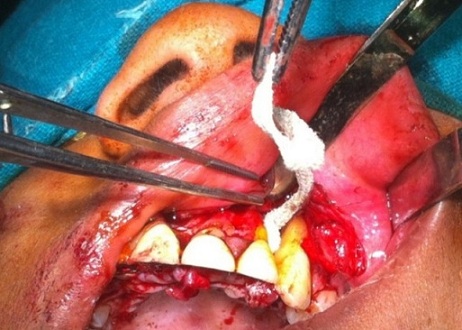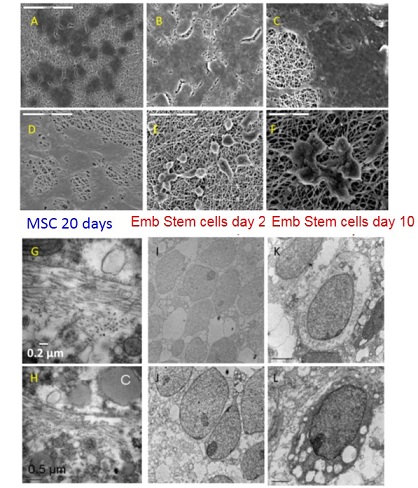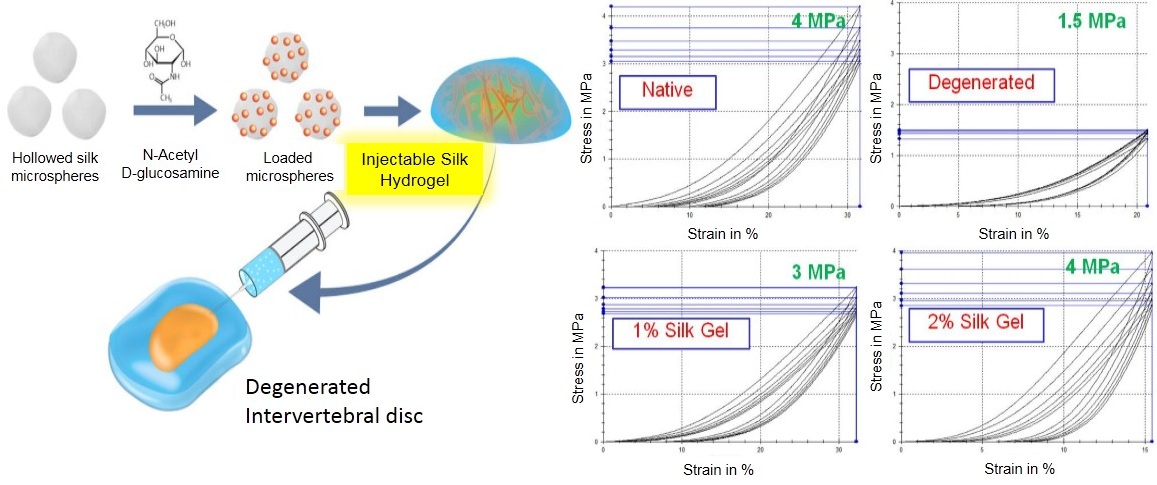|
Trauma, disease and aging process can lead to critical defects in various organs which cannot be regenerated by itself. The resultant loss of anatomical shape and function can be debilitating or life threatening. Regenerative engineering seeks to achieve functional restoration by using a constellation of factors, such as biomaterials, cells, bioactive molecules, bioreactors. Based on these understanding we try to generate cellular grafts based on autologous cells and porous 3D scaffolds to repair cartilage, bone and muscle tissues, as well as complex tissue interfaces. Scaffolds of wide varieties of 3D architectures and mechanical properties are designed by using concepts of Textile technology (knitting, weaving, nonwoven, braiding) or microfabrication techniques (miniaturized rapid prototyping- Direct-write). Aside from scaffold and appropriate cell source, environmental inputs - such as appropriate biomechanical forces, hydrodynamic fluid transport of nutrients and metabolic waste products and growth factors, are considered to develop in vitro engineered tissue constructs.

Silk braided scaffolds for maxillofacial reconstructive surgery

Modulation of cell morphology in cue of subtle difference in matrix stiffness, eventually affecting differentiation and matrix formation

Injectable silk hydrogel delivering drugs to regenerate damaged disc
Publications
- J Tissue Engineering & Regenerative Medicine, 2015
- Biomaterials, 2015, 55, 64-83
- ACS Applied Materials and Interfaces, 2014, 6, 183-193
- Biomacromolecules, 2013, 14, 311-321
- Acta Biomaterialia, 2012, 8, 3313-3325
|

